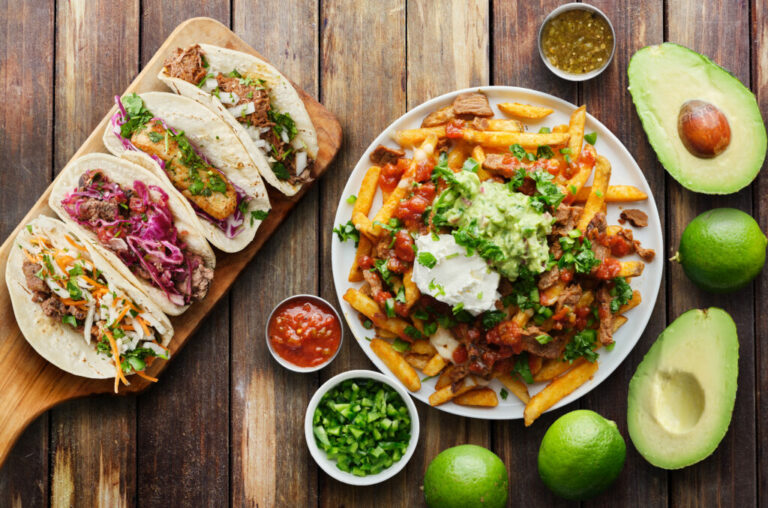Introduction: Street food in the UAE
Street food is a popular culinary trend in the United Arab Emirates (UAE) that offers a wide range of delicious and affordable food options. It has become a major part of the vibrant food culture of the country, and tourists and locals alike enjoy the unique experience of eating on the street. From shawarma, falafel, and manakish to samosas, kebabs, and biryani, street food in the UAE offers something for everyone.
Regulations and standards for street food
The UAE government has strict regulations and standards for street food vendors to ensure that the food is safe and of good quality. The Emirates Authority for Standardization and Metrology (ESMA) regulates the street food industry and conducts regular inspections of food establishments to ensure they comply with health and safety standards. Street food vendors are required to have a valid license, undergo regular health checks, and follow proper hygiene practices while preparing and serving food.
The risks of consuming street food in the UAE
Consuming street food in the UAE carries some risks because of the potential for contamination from poor hygiene practices. Food that is not prepared or stored properly can become a breeding ground for bacteria, viruses, and parasites that can cause foodborne illnesses. Street food vendors who do not follow proper food safety practices can pose a risk to public health, and consumers need to be aware of the risks before consuming street food.
Common diseases spread by street food
Some of the most common diseases spread by street food include salmonella, E. coli, norovirus, and hepatitis A. These diseases can cause symptoms such as nausea, vomiting, diarrhea, and fever, and in severe cases, they can lead to hospitalization and even death. To avoid these risks, it is essential to know how to consume street food safely.
Best practices for safe street food consumption
Consumers can minimize the risks of consuming street food by following some basic food safety practices. Always choose food vendors who have a clean and hygienic environment, use fresh ingredients, and follow proper cooking and storage practices. Avoid eating food that has been sitting out for too long or appears to be undercooked. Finally, always wash your hands before eating and carry hand sanitizer with you to ensure proper hygiene.
Conclusion: Is street food in the UAE safe to eat?
In conclusion, street food in the UAE is generally safe to eat as long as you choose vendors who follow proper food safety practices. The government’s regulations and standards ensure that street food vendors comply with health and safety requirements, and consumers can protect themselves by following safe food handling practices. By making informed choices and practicing good hygiene, you can enjoy the unique and delicious food culture of the UAE without putting your health at risk.

















